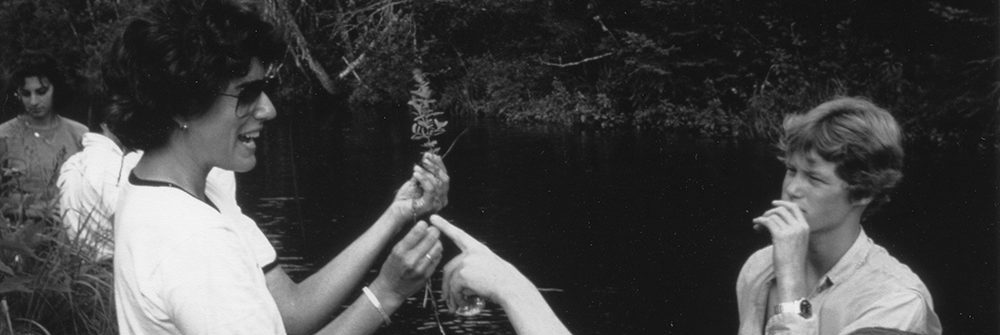“The interface between science, biology, and people, and how to work with people to protect the environment” is intrinsic in Rosemary Furfey’s lifelong commitment to conservation and stewardship. This passion for people and conservation informed her decision to pursue a bachelor’s in Biology at Kenyon College in Ohio, and a master’s degree in Environmental Management from the Yale School of Forestry and Environmental Studies.
QLF Experiences
Living Rivers Program, Tabustinac, New Brunswick, 1976, 1979-1982 QLF Intern Coordinator, Ipswich, Massachusetts, 1980-1981
The First QLF Alumni Congress, Budapest, Hungary, 2006
Middle East Program Regional Meeting, Kas, Turkey, 2008
Ridge-to-Reef Tour, Belize, 2012
QLF Board Member
Rosemary first heard of the Quebec-Labrador Foundation when she was a senior at Kenyon College in 1976. Her interests in biology, environmental education, and sharing models of stewardship of natural resources and cultural heritage were aligned with QLF. That summer, Rosemary boarded a bus from Kenyon to Cornell University for an interview with QLF’s Larry Morris, who was, at the time, a Cornell University graduate student and Director of QLF’s Living Rivers Program in Tabusintac, New Brunswick. Despite urging by QLF Directors not to hire women, who they believed may be seen as unfit for this kind of internship, Larry Morris hired Rosemary — and what a good hire it was.
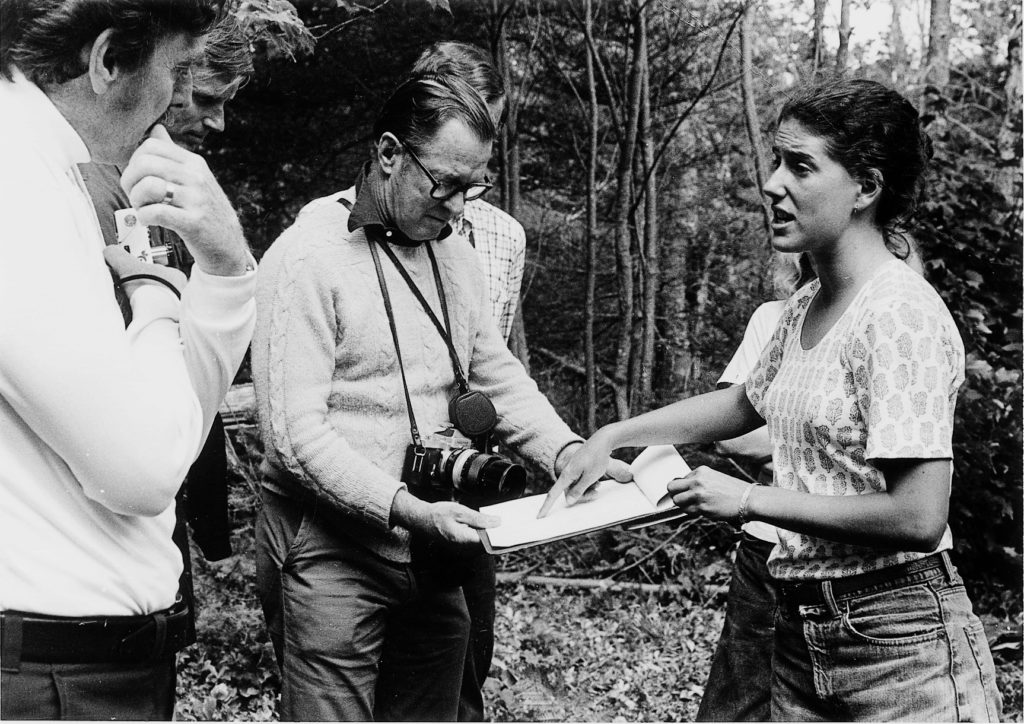
Rosemary Furfey, as a member of the Living Rivers Program, leads a field trip of QLF Board Members, Tabusintac, New Brunswick, 1976. Photograph by Candace Cochrane
QLF’s first environmental education program for youth (established in 1975), Living Rivers focused on the cultural significance of salmon habitat preservation. Rosemary describes her experience as “inspiring and exhilarating.” Rosemary returned to Tabusintac for the next three summers to manage and eventually direct the Living Rivers Program. Then, in 1980 and 1981 she worked as the Intern Coordinator at QLF’s Headquarters in Ipswich, Massachusetts. Since those early QLF experiences, Rosemary has attended The First QLF Alumni Congress in Budapest, Hungary in 2006, participated in a Middle East Program Regional Meeting in Kas, Turkey (2008), and participated in the Ridge-to-Reef tour for members of the Governing Board to visit protected areas and field sites that QLF Alumni have secured in Belize, including the first marine protected area in Belize. Rosemary serves on the Board of Directors, QLF – U.S., chairs the Board’s Program Committee, and has served on the Board’s Strategic Planning Committee. Rosemary admires QLF’s belief in investing in the next generation of conservation leaders to work across borders and between regions worldwide. “QLF brings together exceptional leaders, fosters communication and dialogue, trust and understanding, and bioregional conservation partnerships based on shared commitments and interests. It’s exceptional.”
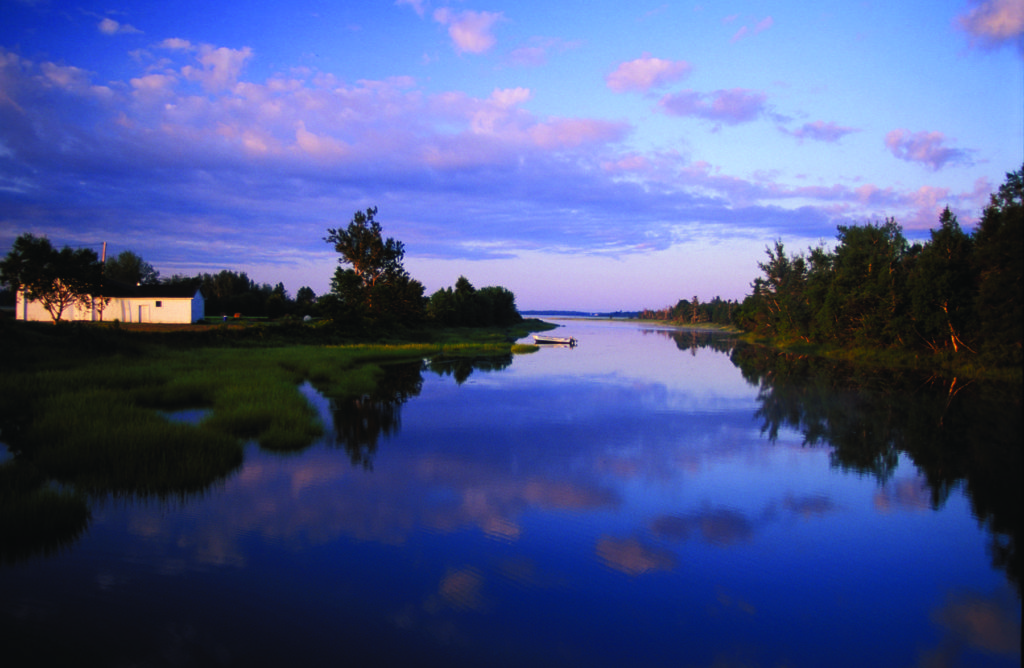
Wishart’s Point, Tabusintac estuary, New Brunswick, site of QLF’s Living Rivers Program. The Program reached hundreds of Anglophone, Francophone, and Aboriginal youth and adults, providing learning opportunities in river ecology and watershed management. QLF continues to direct environmental education programs in Newfoundland, Labrador, the Quebec North Shore, and New England. Photograph by Greig Cranna
“Thirty years later, I am still applying the lessons I learned at QLF on the Tabusintac River to my work with communities facing similar issues,” Rosemary reflects. Today, Rosemary works with the National Marine Fisheries Service (NMFS), a subdivision of the National Oceanic and Atmospheric Administration (NOAA), which is a federal agency within the U.S. Department of Commerce. Rosemary works to protect various species of salmon and steelhead trout listed as ‘threatened’ or ‘endangered’ under the Endangered Species Act. This Act requires the NMFS implement protective regulations that render the capture of ‘at risk’ species illegal. Rosemary describes the challenging responsibility she held while producing the Endangered Species Recovery Plan to protect Coho salmon.The NMFS adopts an Endangered Species Recovery Plan each time a species is added to the Endangered Species Act. This document serves as a roadmap that provides the appropriate protocols to strengthen the species. The NMFS examines key factors that contribute to the decline of a population and identifies what will increase their longterm survival and resilience. In taking action, Rosemary and her colleagues also emphasize the benefits that species provide to their ecosystems. For example, salmon bring marine derived nutrients to their habitats. Terrestrial species feed on these fish in order to receive nutrients that sustain their overall health. Restoring declining salmon populations is therefore advantageous in maintaining the carefully balanced ecosystem.
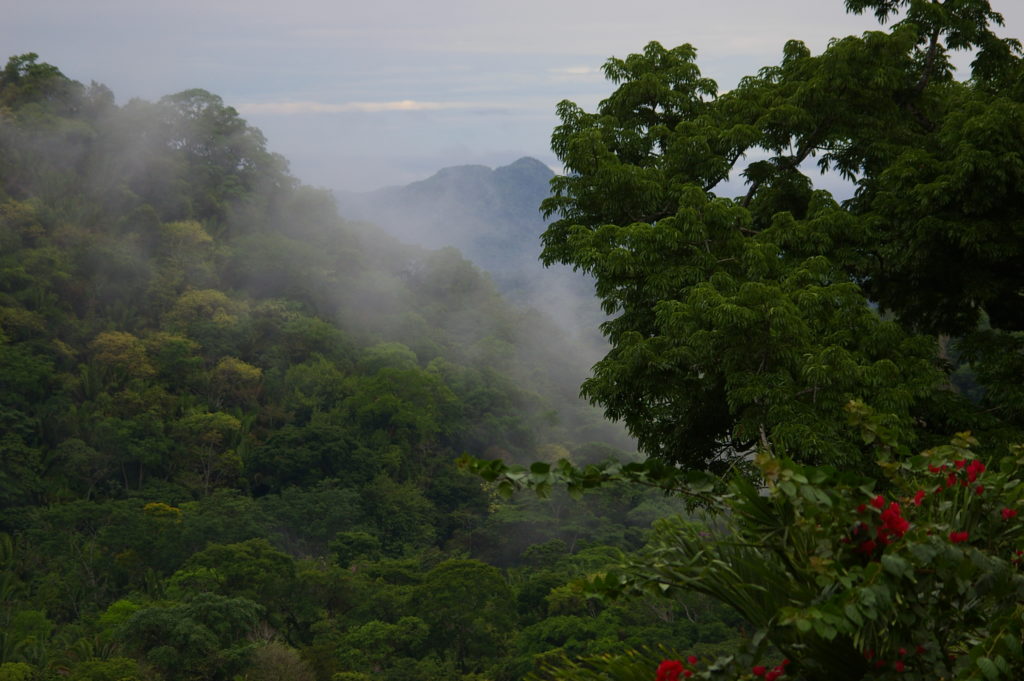
Maya Mountain Ridge, Belize. Photograph by Larry Morris
Rosemary has focused on the recovery plans for two species in particular: the Lake Ozette Sockeye salmon and the Snake River salmon. She has collaborated with Native American tribes from the Columbia Basin in the northwestern United States on these projects to construct conservation initiatives. NOAA is part of the federal U.S. government, and upholds tribal treaty trust responsibilities. These treaties, signed in the late 1800s, state that Native Americans must have access to abundant salmon. Salmon is a source of food and a significant ceremonial and religious symbol for many Native peoples. Rosemary explains, “Tribes in the Columbia Basin have been there since the millennium and they have depended on salmon for their subsistence… Salmon are food, but they are also used for ceremonial and religious practices… and they are important to their cultures and heritage.” In addition, the tribes Rosemary works with “have active management and research programs and they are a key group to work with.”
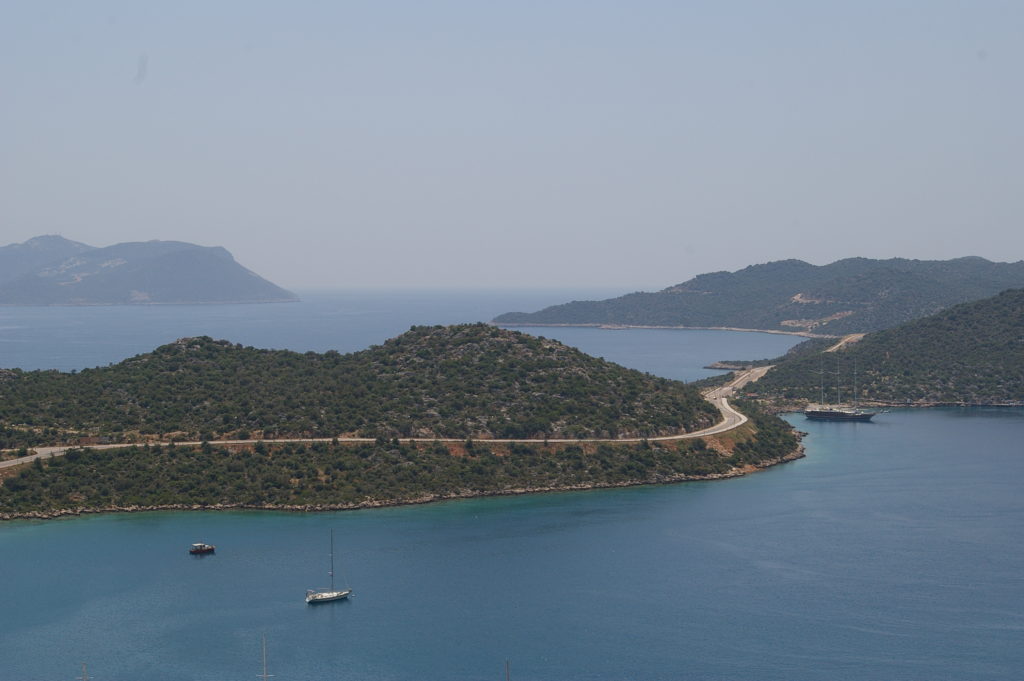
Lycian Coast – site of the Middle East Regional Meeting (2008). Photograph by Elizabeth Alling
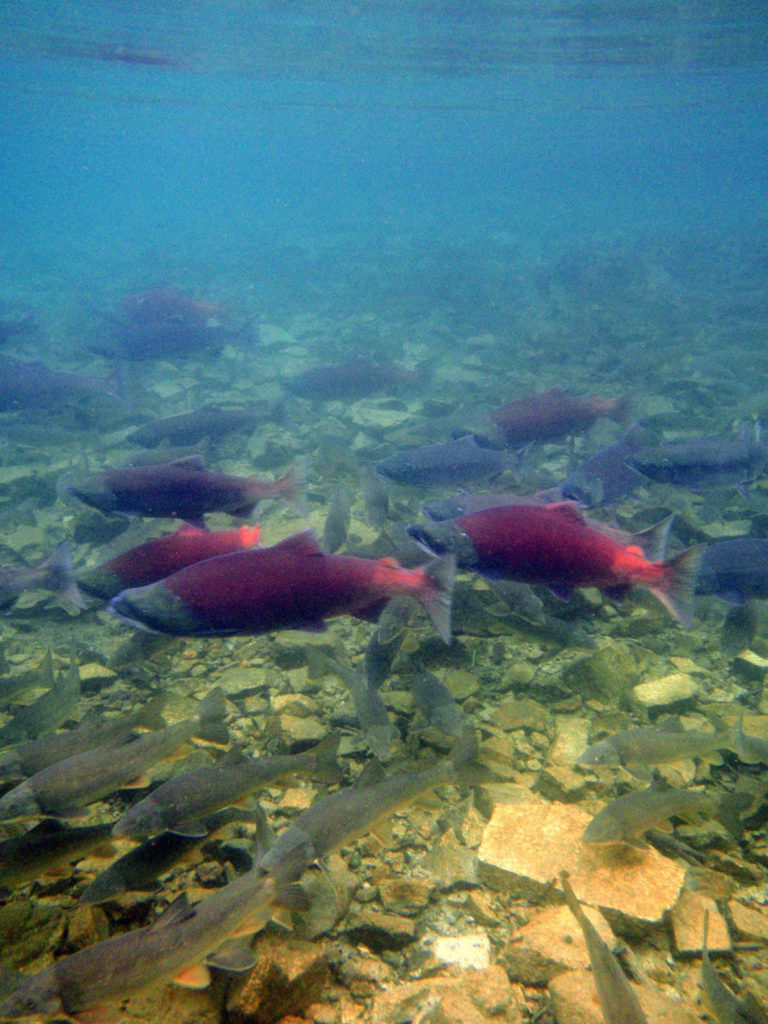
Sockeye salmon
Rosemary recalls her work with colleagues on the recovery of Snake River sockeye salmon in Sawtooth Valley, Idaho. With overfishing, by 1991 only one sockeye salmon (named Lonesome Larry) returned to spawn in the Snake River where there had once been an historic abundance of them. The species was thus added to the Endangered Species Act the same year. For the next 25 years, scientists at NOAA worked together with the Shoshone-Bannock tribe and the Idaho Department of Fish and Game on a hatchery program. By 2014, their efforts were rewarded when approximately 1,500 Snake River sockeye returned to Red Fish Lake to spawn. The Shoshone-Bannock will have access to one of their main food sources once again in the future, and there is a good chance the species may be removed from the Endangered Species Act. Rosemary had been working on their Recovery Plan for four years. For Rosemary, witnessing this change has been a dramatic and thrilling experience. She is proud of how the recovery of sockeye represents an effective public/private partnership.
In closing, Rosemary attests, “QLF really was the perfect place where I began my career.” There remains a connection between her work in the stewardship of natural resources and cultural heritage, and the values that are fundamental to all QLF programs, and which began with Living Rivers.




